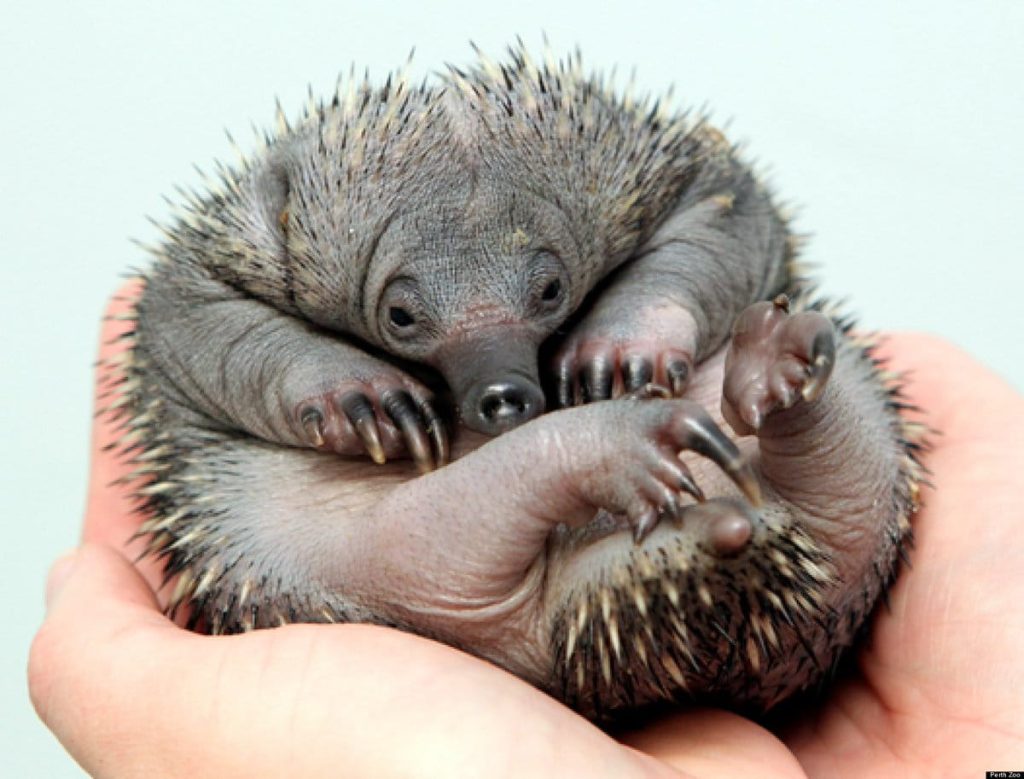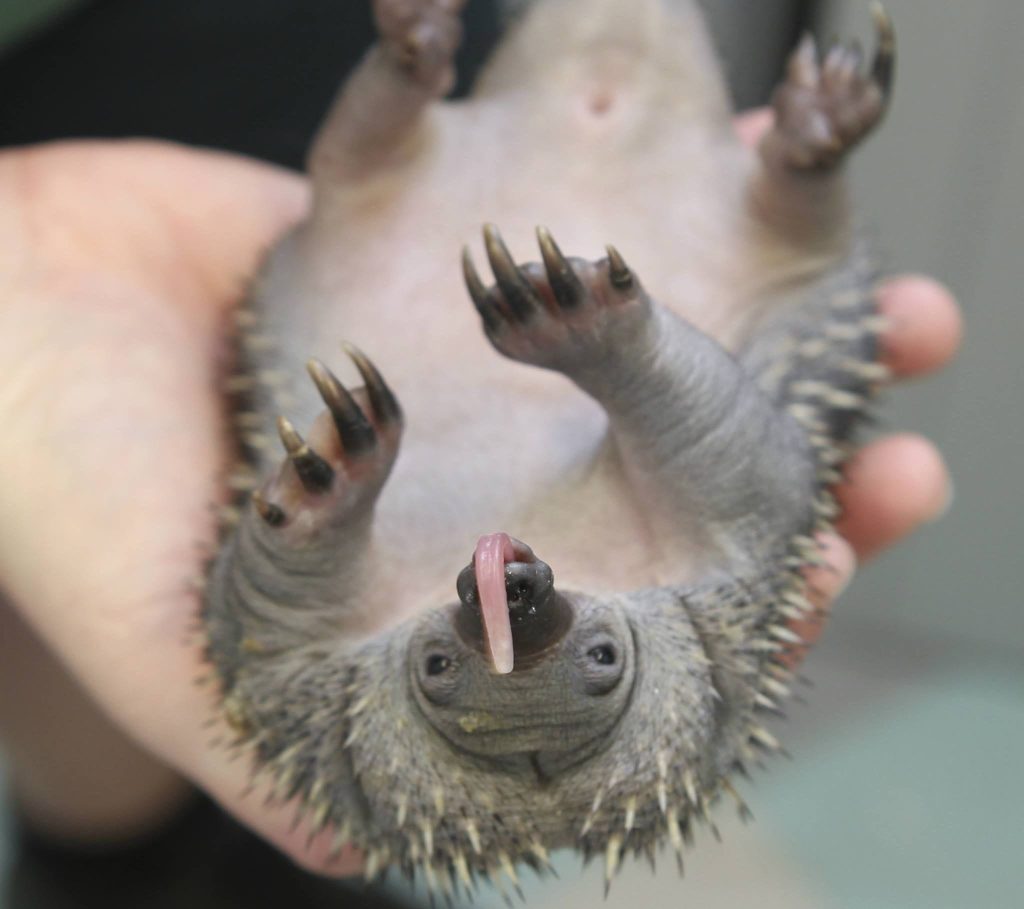The long-beaked echidna, a member of the monotreme group of mammals, is an extraordinary creature that boasts a unique set of features and behaviors. Its elongated snout, spiky exterior, and intriguing reproduction method set it apart from other mammals. This article will serve as your guide to understanding the captivating world of the long-beaked echidna, shedding light on its intriguing characteristics and providing a glimpse into its daily life.

Characteristics and Adaptations of the Long-Beaked Echidna

The long-beaked echidna’s most distinctive feature is its elongated snout, which it uses to forage for its primary diet of ants and termites. This impressive adaptation allows it to extract insects from narrow crevices, showcasing the remarkable balance between form and function in the natural world. Additionally, its spiky exterior serves as a defense mechanism against potential predators, making it a challenging target for would-be attackers.
Habitat and Distribution

These fascinating creatures call the dense rainforests, woodlands, and grasslands of New Guinea their home. Their habitat preference often leads them to reside in areas with ample foliage cover and suitable insect populations. While their range is somewhat limited to the island of New Guinea, the long-beaked echidna’s adaptability allows it to thrive in various microhabitats within this region.
Behavior and Lifestyle

Long-beaked echidnas are primarily solitary creatures, emerging at dusk or dawn to embark on their quest for food. Their keen sense of smell, coupled with their specialized snouts, enables them to locate hidden insects with astonishing accuracy. After a successful foraging expedition, these echidnas return to their burrows, which they construct in sheltered areas to ensure their safety from potential predators.
Reproduction: A Unique Journey

The reproductive process of the long-beaked echidna is nothing short of extraordinary. Female echidnas lay eggs, which they incubate by curling their bodies around them. This process takes approximately ten days, after which a tiny, underdeveloped hatchling emerges. The mother then nurses the hatchling by secreting milk from specialized mammary glands, showcasing yet another remarkable aspect of monotreme biology.
Conservation Efforts and Challenges

While the long-beaked echidna possesses a remarkable set of adaptations, its survival is threatened by various factors, including habitat loss and fragmentation. Conservation organizations and researchers are working tirelessly to monitor their populations, protect their habitats, and raise awareness about the importance of preserving these unique creatures for future generations.





